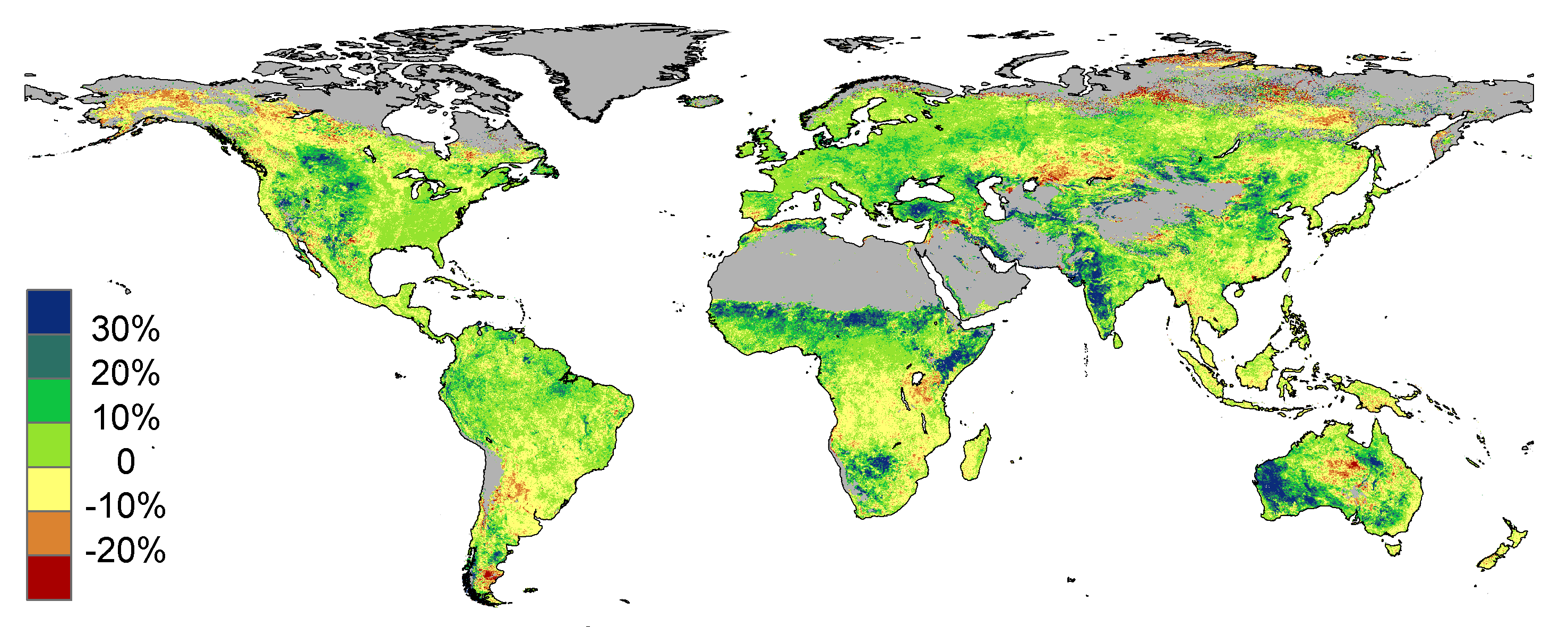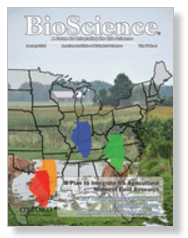
Pacific Ocean Warning Portends Disaster For World’s Seven Seas
All along the West Coast of North America, the future feared is here today!
But all is not lost if we heed this ocean warning and act we can restore ocean pastures.
In a new report in the Journal BioScience the present day plight of the Pacific Ocean is described as an ocean warning portending a dismal future for all of the world’s Seven Seas. The authors have used the Pacific Ocean along the West Coast as a model for how other areas of the ocean are sure to respond in coming decades as our high and rising CO2 dramatically alters ocean ecosystems long before though coupled to dire consequences of CO2 in terms of global warming and climate change impact the rest of the world.
The region—the coastal ocean stretching from British Columbia to Mexico—provides an early warning signal of what to expect as ocean acidification continues and as low-oxygen zones expand.
Now, a panel of scientists has examined the dual impacts of ocean acidification and low-oxygen conditions, or hypoxia, on the physiology of fish and invertebrates. The study offers a look at how the effects of these stressors can impact organisms such as shellfish and their larvae, as well as organisms that have received less attention so far, including commercially valuable fish and squid.
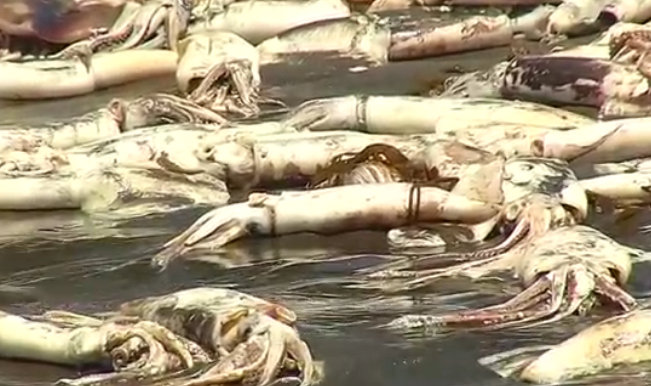
Chiles beaches are strewn with dead squid suffocated when deep ocean waters were not replenished with fresh oxygen by ocean pasture plant life. Restoring ocean pastures to prevent such disasters being seen in the Pacific Ocean is safe, sustainable, and very low cost. Click to read more!
Squid are today dying in vast numbers along the coast of Chile as a direct consequence of the collapse of its ocean pastures which formerly were able to buffer the ill effects of annual ocean oxygen events (hypoxia) due to upwelling of deep ocean waters.
The BioScience report reveals how CO2 forced ocean acidification and hypoxia combine with other factors, such as rising ocean temperatures, to create deadly challenges for marine life. Further, the multiple-stressor effects will likely only increase as ocean conditions worldwide begin resembling those seen for some years off the West Coast, which naturally expose marine life to deadly low-oxygen and acidification stressors than most other regions of the seas.
“Our research recognizes that these climate change stressors will co-occur, essentially piling on top of one another,” says coauthor Terrie Klinger, professor and director of the School of Marine and Environmental Affairs at the University of Washington.
“We know that along the West Coast temperature and acidity are increasing, and at the same time, hypoxia is spreading. Many organisms will be challenged to tolerate these simultaneous stressors, even though they might be able to tolerate individual stressors when they occur on their own.”
Oceans everywhere are threatened!
All of the world’s Seven Seas are increasing in acidity as they absorb about a quarter of the carbon dioxide released into the atmosphere each year. This changes the chemistry of the seawater and causes physiological stress to organisms, especially those with calcium carbonate shells or skeletons, such as oysters, mussels, and corals.
At the same time ocean pasture productivity has been in dramatic decline due to the primary impact of CO2 on Earth’s plant life. Our CO2 is producing profound ‘Global Greening‘ as high and rising CO2 nurtures plant growth on land. Tragically rather than more grass growing being a good thing it has resulted in an observed 60+ year drought of dust for ocean plant life.
More grass growing means less dust blowing
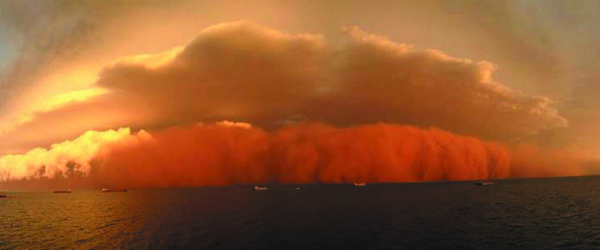
Dust blowing out to sea from Australia produced a massive restoration of ocean plant life (click to read more)
It is dust that blows from land to sea that used to keep our dying ocean pastures in good health. Just as plants on land depend on water in the form of rain that blows to them as a gift from the seas, ocean plants depend on dust that the lands gift to them on the winds to keep them healthy and abundant. Read more about this Yin and Yang of pastures on land and sea here. Healthy and thriving ocean pastures are this blue planets primary source of oxygen and when they no longer bloom in abundance ocean waters can become oxygen depleted or hypoxic.
Hypoxia is a condition in which ocean waters have very low oxygen levels. At the extreme, hypoxia can result in “dead zones” where mass die-offs of fish and shellfish occur. The waters along the West Coast sometimes experience both ocean acidification and hypoxia simultaneously.
“Along this coast, we have relatively intensified conditions of ocean acidification compared with other places. And at the same time we have hypoxic events that can further stress marine organisms,” Klinger says. “Conditions observed along our coast now are forecast for the global ocean decades in the future. Along the West Coast, it’s as if the future is here now.”
Klinger is co-director of the Washington Ocean Acidification Center based at the University of Washington and served on the West Coast Ocean Acidification and Hypoxia Science Panel, which was convened two years ago to promote coast-wide collaboration and cooperation on science and policy related to these issues.
For the new paper, published in the journal Bioscience, researchers examined dozens of scientific publications that reported physiological responses among marine animals exposed to lower oxygen levels, elevated acidity, and other stressors. The studies revealed how physiological changes in marine organisms can lead to changes in animal behavior, biogeography, and ecosystem structure, all of which can contribute to broader-scale effects on the marine environment. (Researchers from Stanford University, the University of California, Davis, and Oregon State University are coauthors of the paper. Source: University of Washington)
How to save our oceans today and forever!
While the academic authors of this report do not propose solutions to the crisis I certainly do not demure from offering the very real, prove, safe, sustainable, immediate, and affordable solution to this crisis.
The oceans while being the first and foremost to suffer harm from our high and rising CO2 also offer us the opportunity and means to solve both theirs and our CO2 calamity. By acting immediately to replenish and restore ocean plant life, the grass that sustains ocean pastures, those ocean plants with our help will immediately repurpose our deadly CO2 into new ocean life. This can be immeidately accomplished globally over the course of just a few years of work at a cost of mere millions.
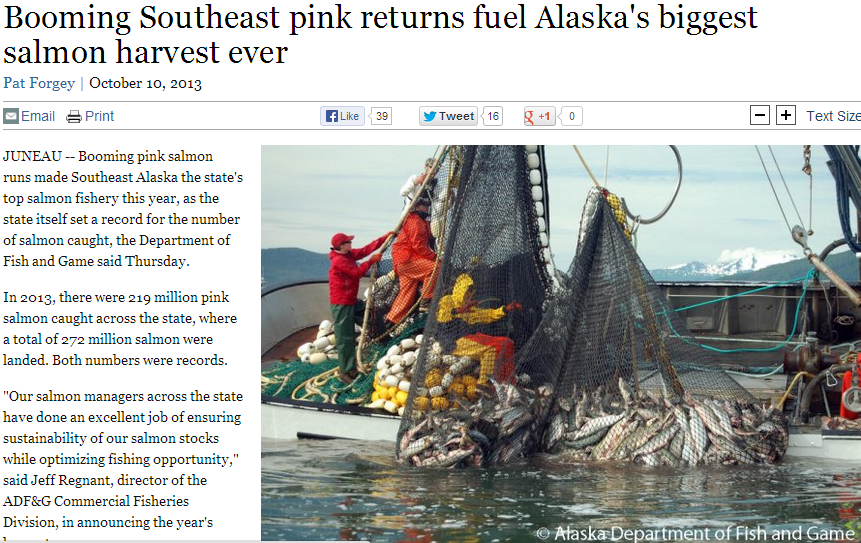
My 2012 ocean pasture replenishment and restoration work in the NE Pacific returned the ocean to life as seen in the largest catch of salmon in all of history in Alaska the very next year! Those fish grew and swam into our nets because their revived ocean pasture repurposed hundreds of millions of tonnes of CO2 into new ocean life.
What we must do is act to become caring intelligent stewards of our ocean pastures.
I have and will continue to show how this can be done not by posturing billionaires, politicians, popes, pundits, and bureaucrats but by just a very few earnest individuals number in the few hundreds or perhaps a thousand. The cost will not be trillions of new climate/carbon tax dollars but instead mere millions of dollars every year. The result will be seen not just in complex scientific reports but rather it will swim home to us in the form of billions of additional fish that will swim into our nets and onto the plates of hungry people all around the world. Read the details of my plan here!









